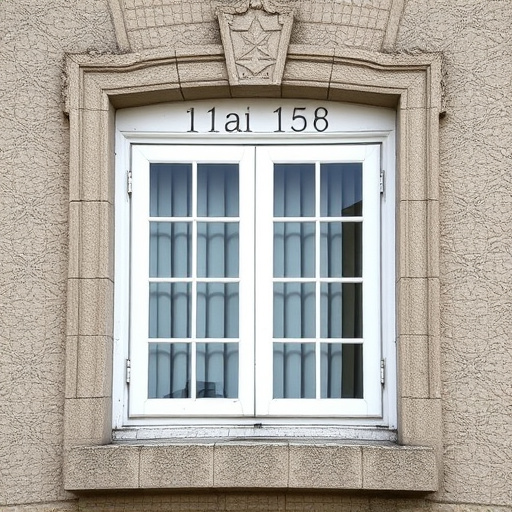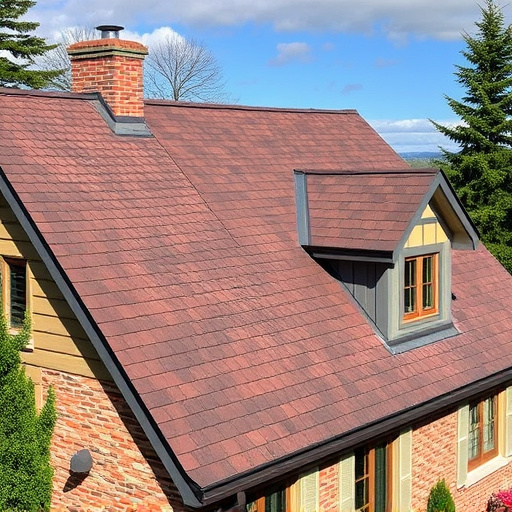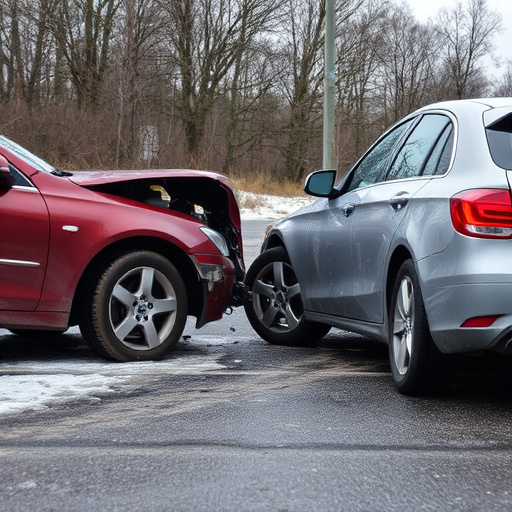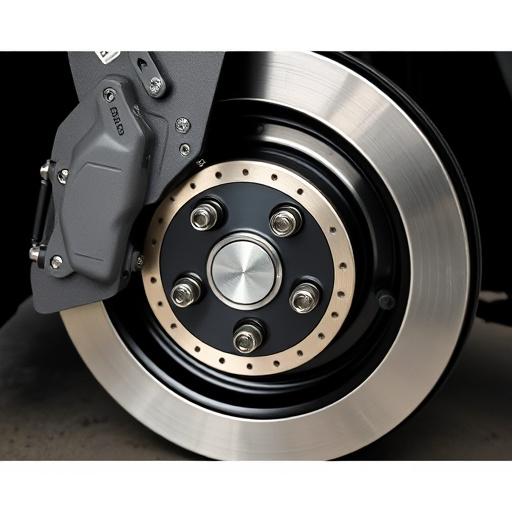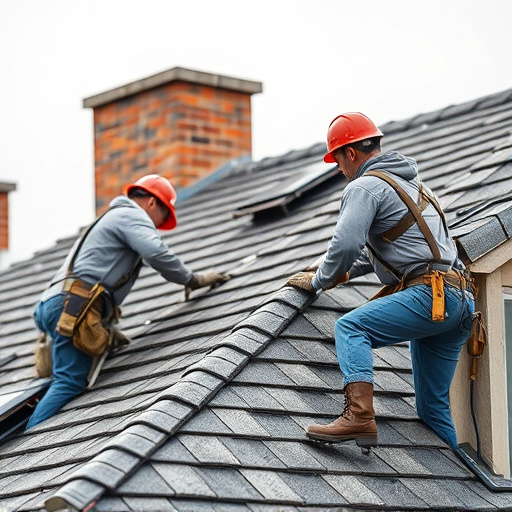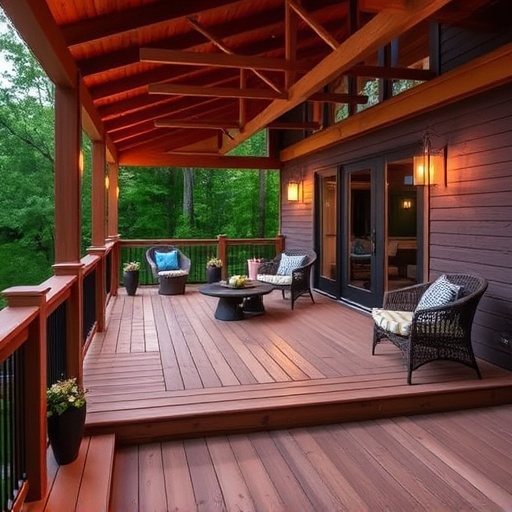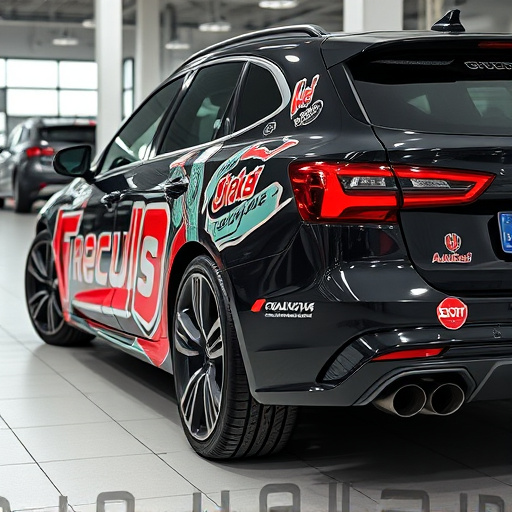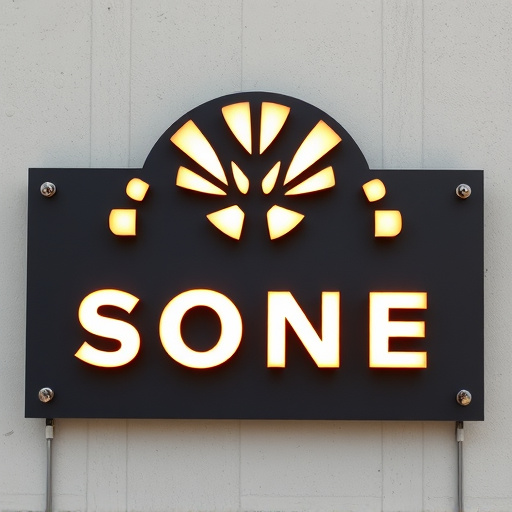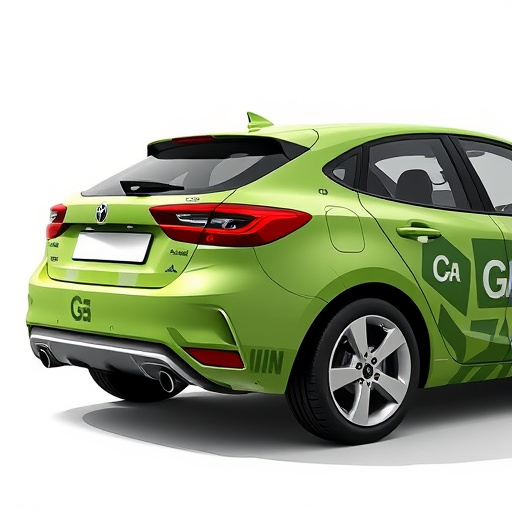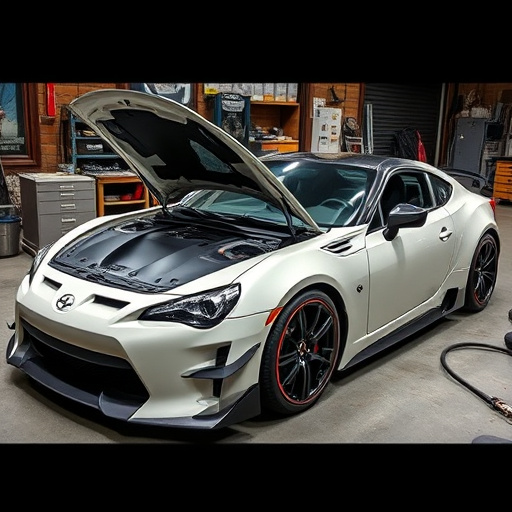Clear coat restoration revitalizes car exteriors by repairing and enhancing existing paint, preserving color and gloss. It's cost-effective, lasting protection against sun damage and deterioration. Repainting offers a complete makeover, matching original colors or changing them, but at greater expense and effort. For budget-conscious owners, clear coat restoration balances durability, longevity, and affordability.
When considering vehicle aesthetics, choosing between clear coat restoration and full paint repainting depends on your car’s condition and desired outcome. Clear coat restoration reinviges a dull finish, repairing minor scratches and swirls without a complete overhaul. This process preserves original color and finishes faster. Full paint repainting is ideal for severe damage, offering a brand-new look but at a higher cost and longer turnaround time. Understanding the benefits and processes of each will help you make an informed decision for your vehicle’s restoration.
- Understanding Clear Coat Restoration: Benefits and Process
- Full Paint Repainting: When is it Necessary?
- Comparing Costs and Longevity: Clear Coat vs. Full Paint
Understanding Clear Coat Restoration: Benefits and Process

Clear coat restoration is a specialized process that aims to revive and protect the exterior finish of a vehicle. Unlike full paint repainting, which involves completely replacing the top layer of paint, clear coat restoration focuses on repairing and enhancing the existing clear coat. This method offers several advantages, including maintaining the original color and gloss while providing enhanced protection against UV rays and environmental damage.
The process typically starts with meticulous preparation to ensure optimal results. This includes thoroughly cleaning the surface, removing any contaminants or imperfections, and sometimes applying window tinting for added protection. Skilled technicians then use specialized tools to gently buff away minor scratches and defects, revealing a smooth base. A high-quality clear coat is subsequently applied, which not only restores the vehicle’s appearance but also provides a durable barrier against sun damage, yellowing, and other forms of deterioration, thus ensuring the longevity of the car’s finish and its overall aesthetic appeal with premium automotive services.
Full Paint Repainting: When is it Necessary?

In certain cases, a complete paint job is the only viable option to restore a vehicle’s exterior. This is particularly true when the car has suffered significant damage from accidents or severe weather conditions, leaving behind deep scratches, dents, or rust spots. Full repainting involves applying a new layer of paint over the entire surface, ensuring an even and seamless finish. It’s a comprehensive solution that not only addresses visible imperfections but also shields the vehicle’s base coat and underlying layers from further deterioration.
While it may seem like an extreme measure compared to clear coat restoration, full paint repainting offers several advantages. Unlike clear coating, which primarily focuses on enhancing and protecting the existing finish, repainting provides a complete makeover, matching the original color perfectly. This is especially beneficial for older vehicles where the original paint might be faded or chipped, or for those desiring a change in color. Additionally, it can effectively eliminate unsightly signs of wear and tear, providing a fresh, like-new look that complements modern automotive detailing trends, including ceramic window tinting.
Comparing Costs and Longevity: Clear Coat vs. Full Paint

When considering clear coat restoration versus full paint repainting, one of the most critical factors to evaluate is cost and longevity. Clear coat restoration, also known as clear coating or re-coating, involves applying a protective layer over existing paintwork without sanding or completely removing the old finish. This method offers a more economical option, especially for vehicles with only minor scratches or swirls. The clear coat acts as a barrier against UV rays, heat rejection, and environmental contaminants, preserving the original high-quality finishes underneath.
In contrast, full paint repainting involves stripping down to the bare metal, sanding, priming, and applying new paint layers. This process is more labor-intensive and expensive but provides a complete refresh of the vehicle’s exterior. Full repaint offers superior longevity compared to clear coat restoration, as it repairs not just the visible damage but also smoothes out any underlying imperfections that can affect future finishes. However, for cost-conscious owners seeking to maintain their vehicle’s protection while minimizing expenses, clear coat restoration is a compelling choice.
When deciding between clear coat restoration and full paint repainting, considering both the vehicle’s condition and your budget is crucial. Clear coat restoration offers a more cost-effective solution with minimal preparation, preserving the original finish while enhancing its appearance. However, full paint repainting is often necessary for severe damage or to achieve a completely new look. In terms of longevity, clear coat typically lasts longer due to its durable top layer, making it an excellent choice for maintaining the car’s value. Ultimately, the best option depends on your specific needs and preferences, ensuring your vehicle looks its best for years to come.
